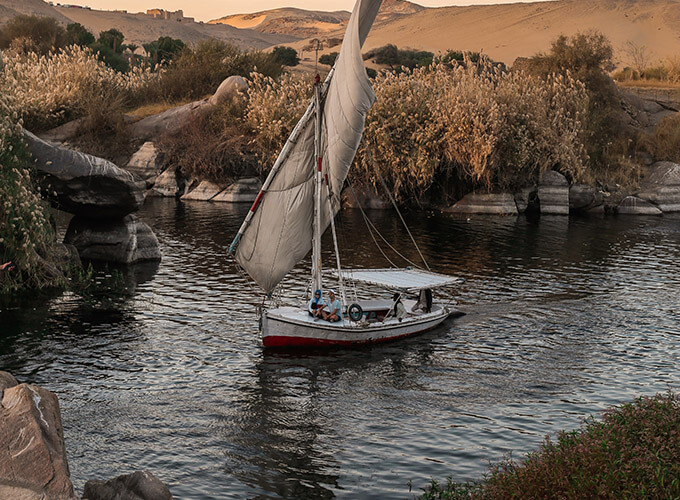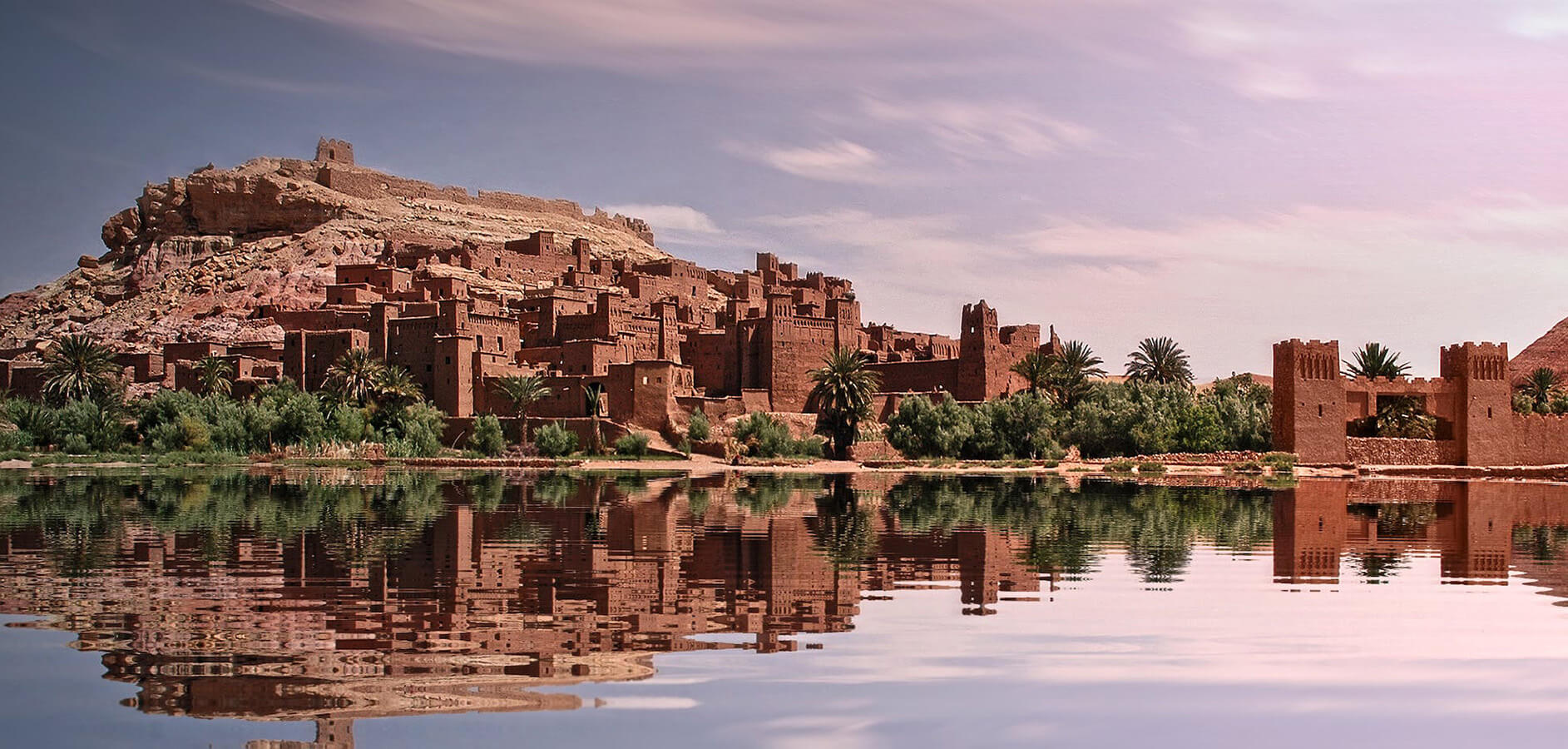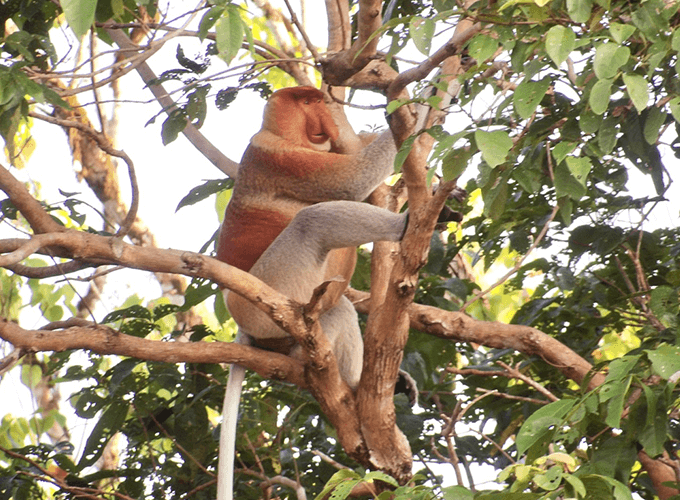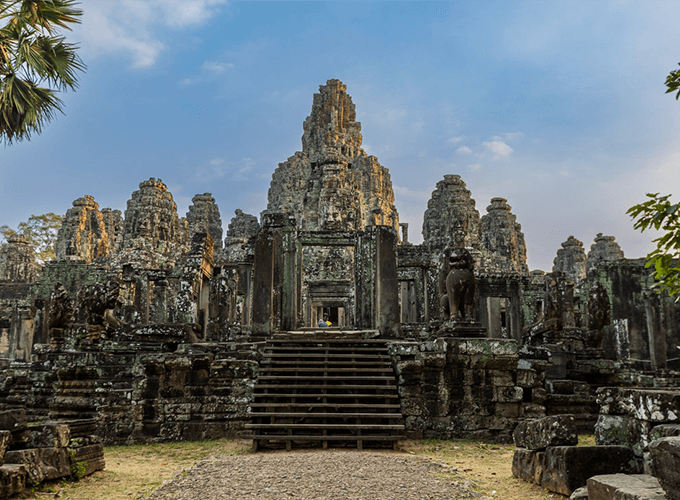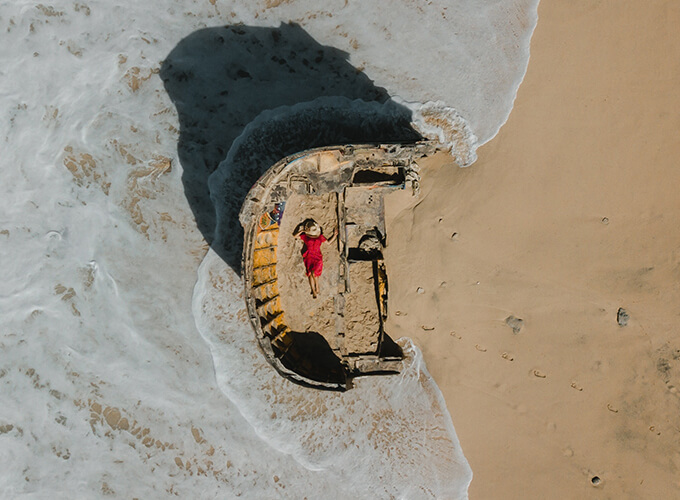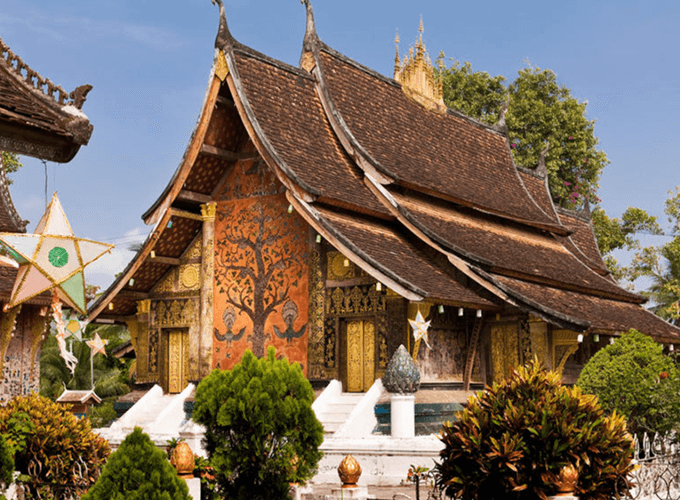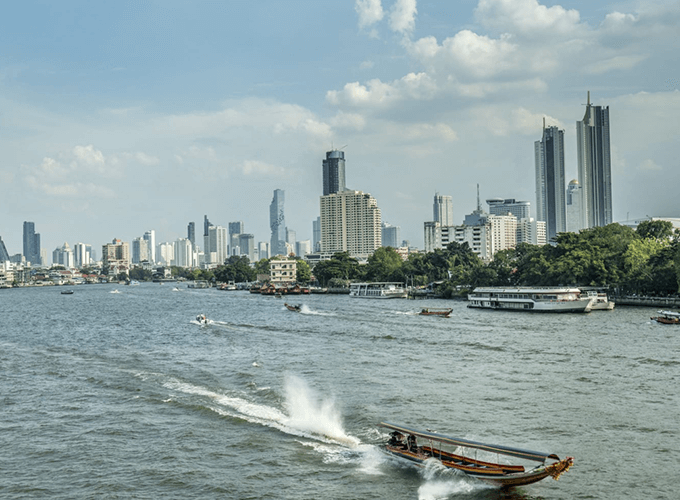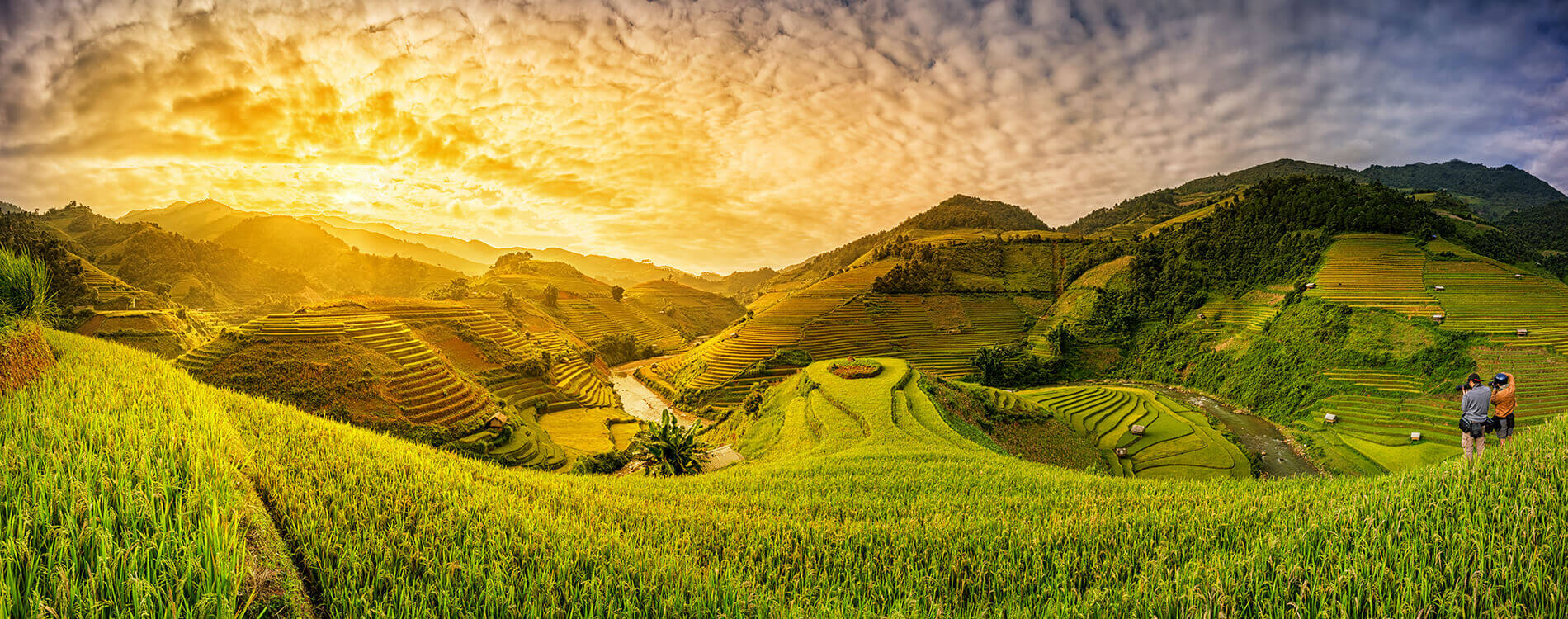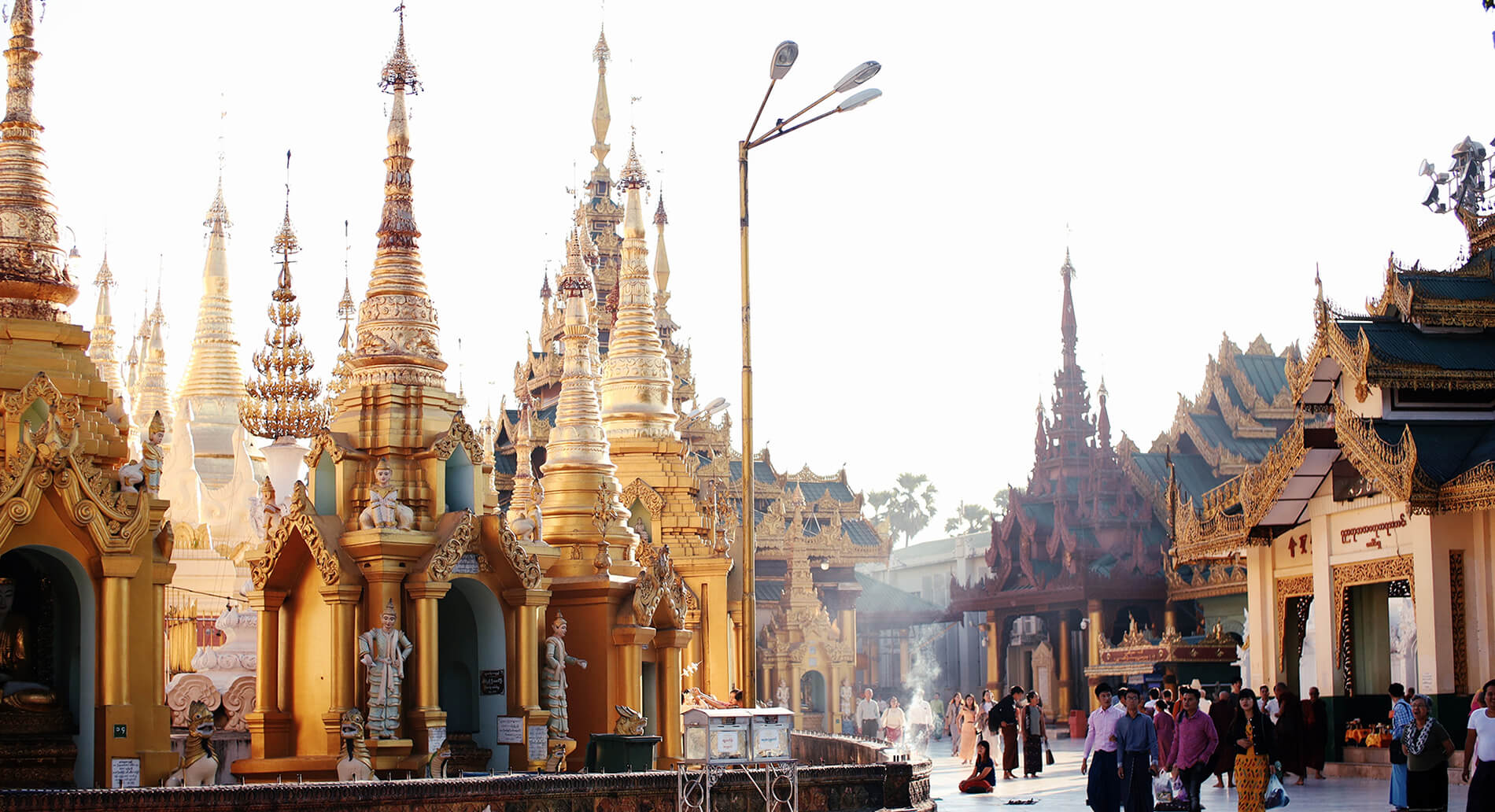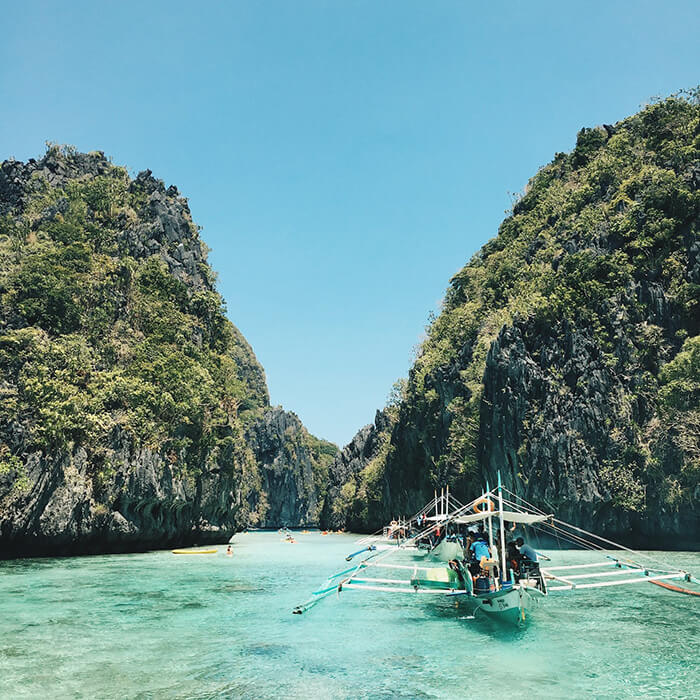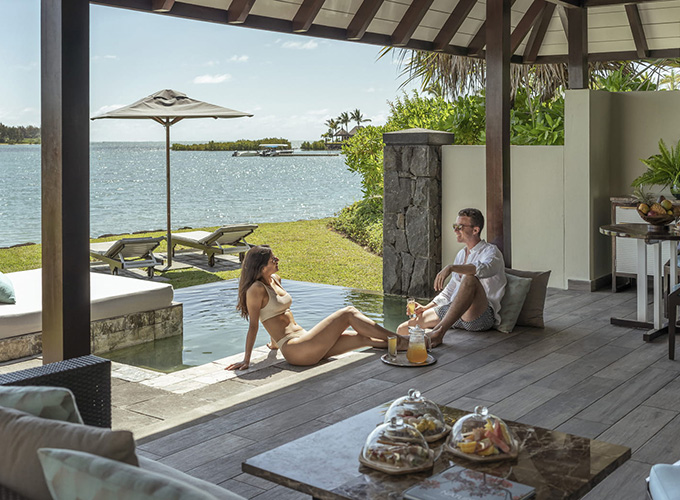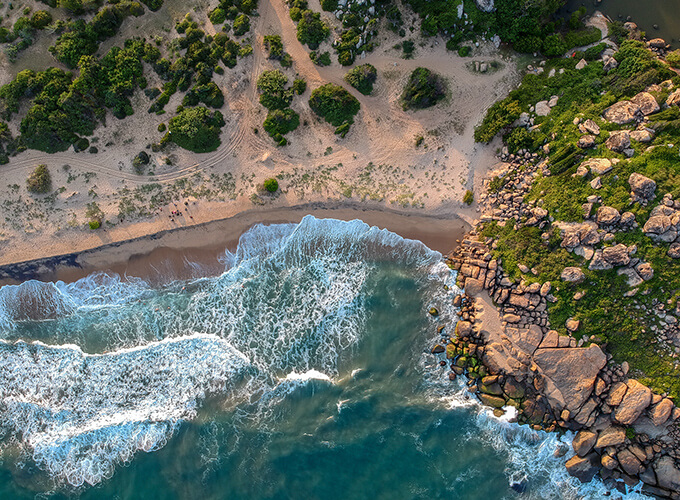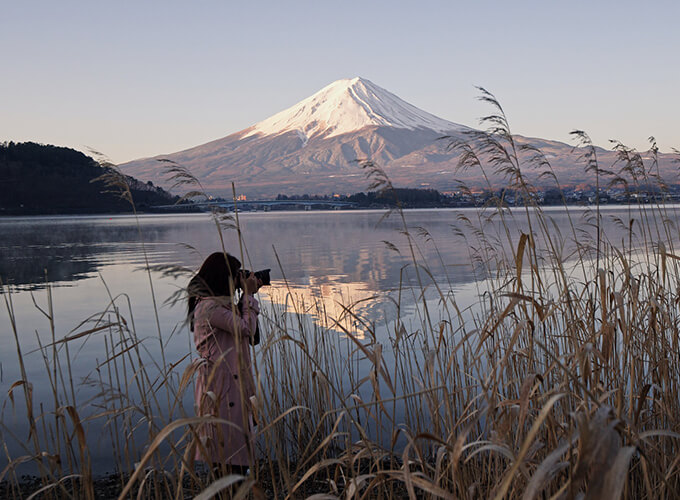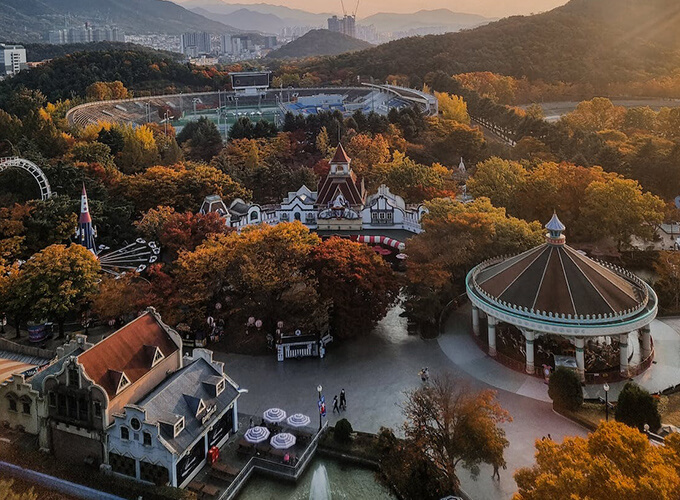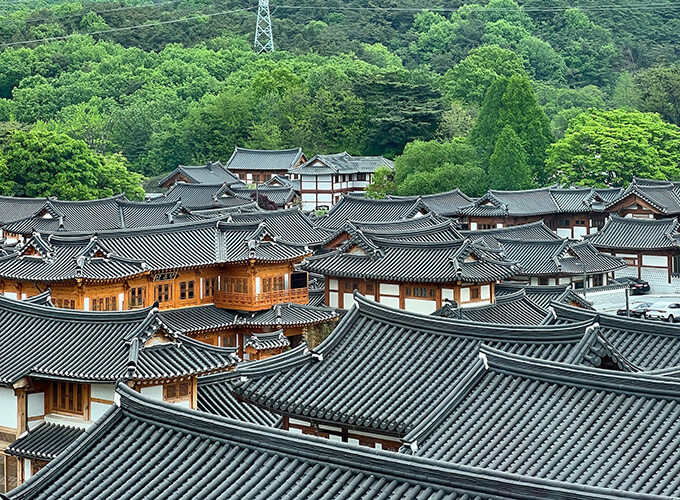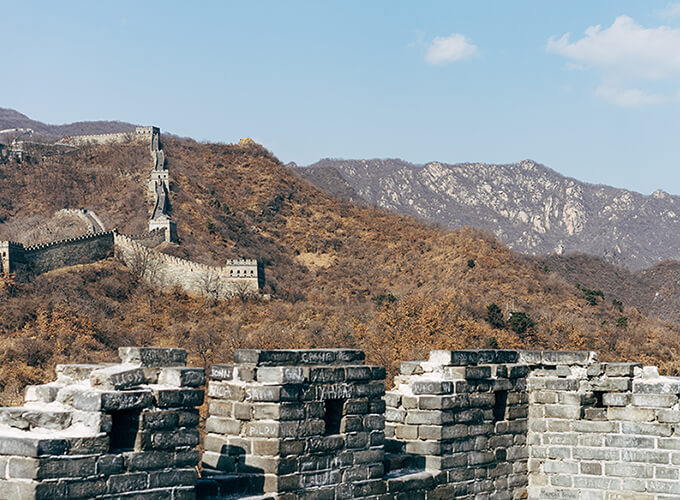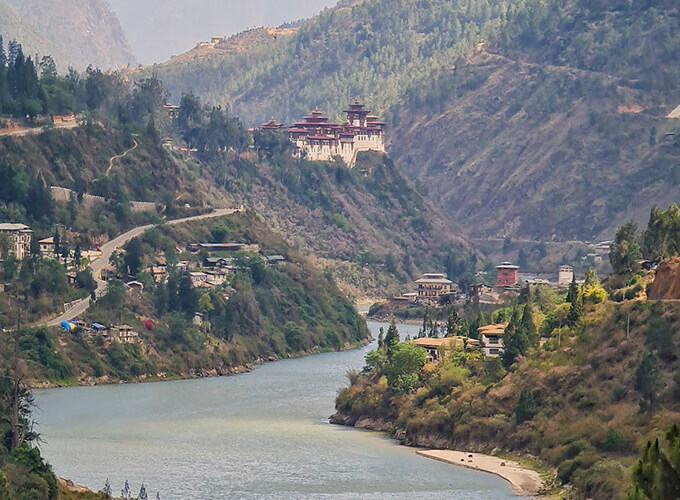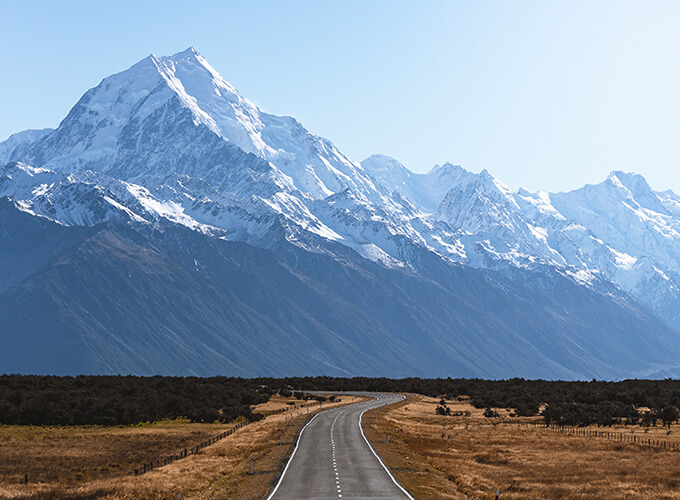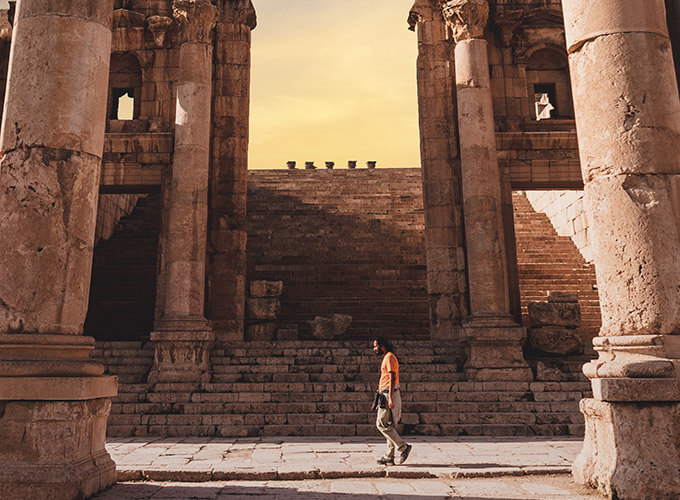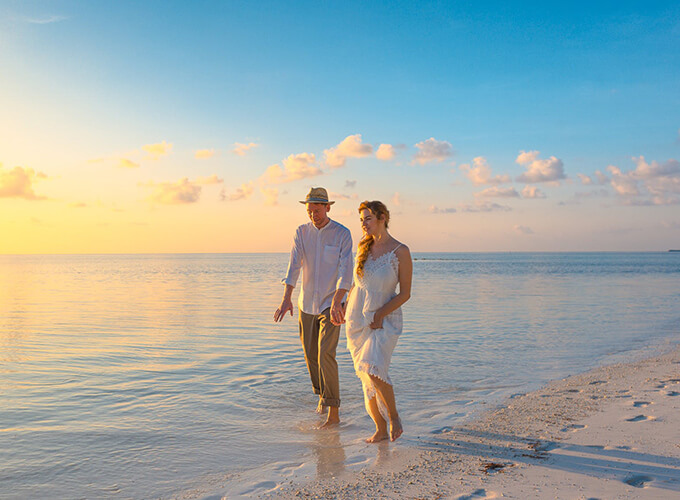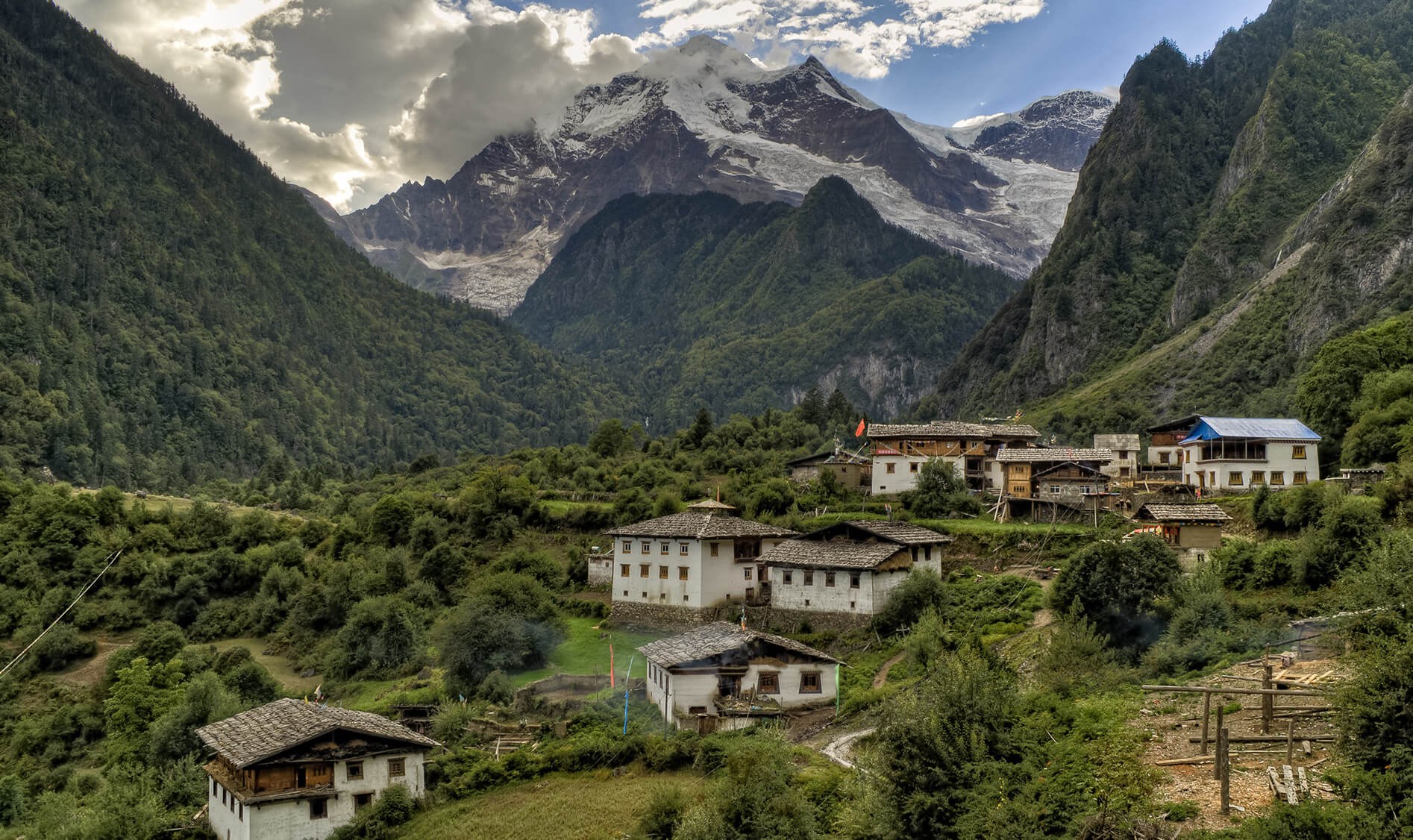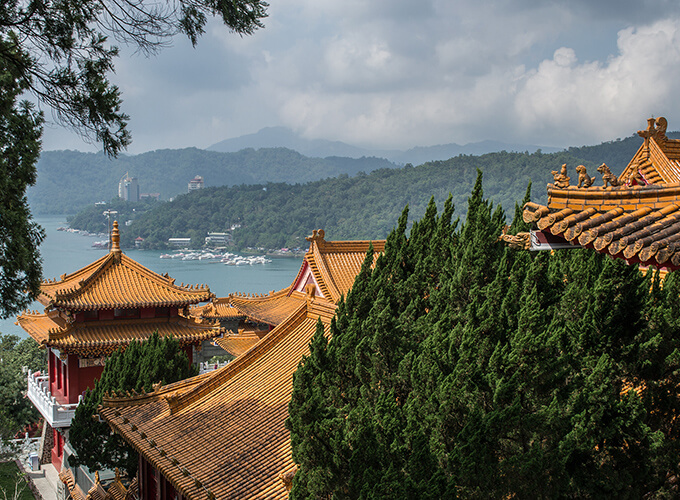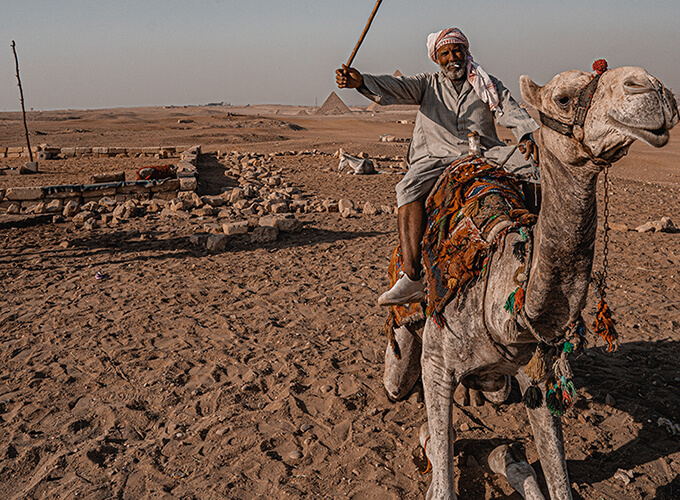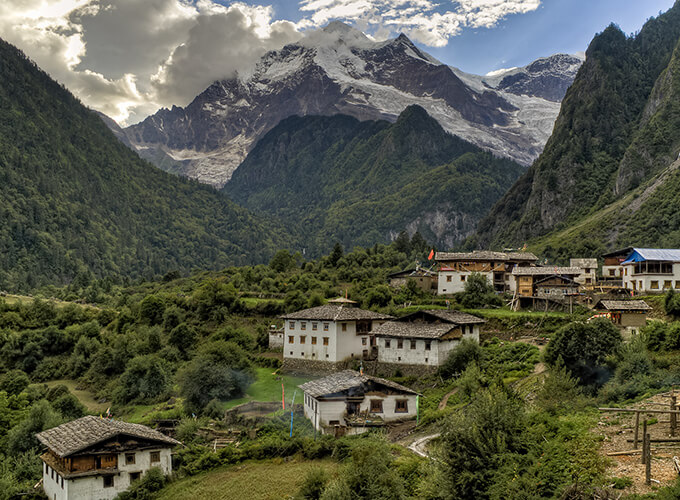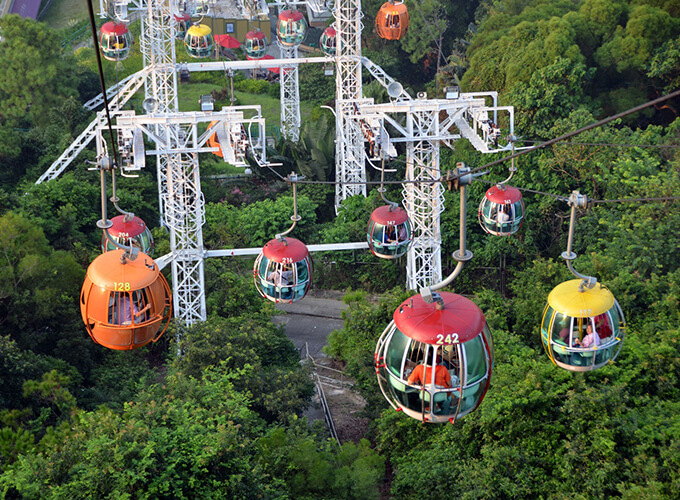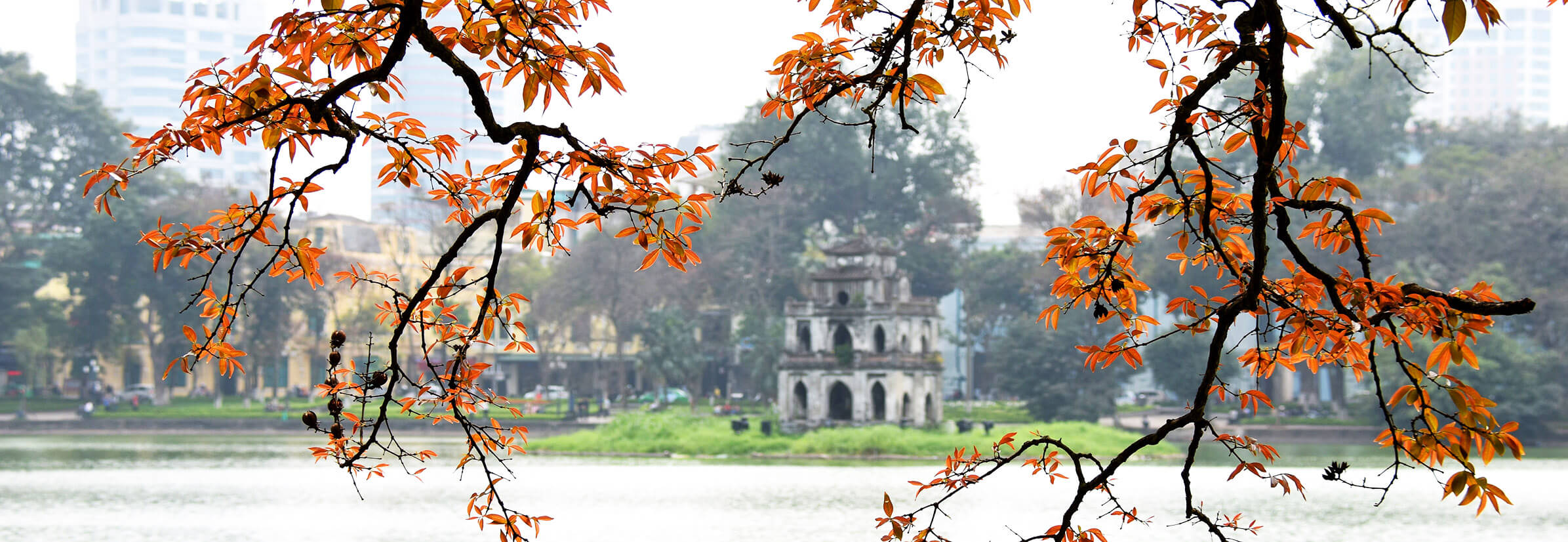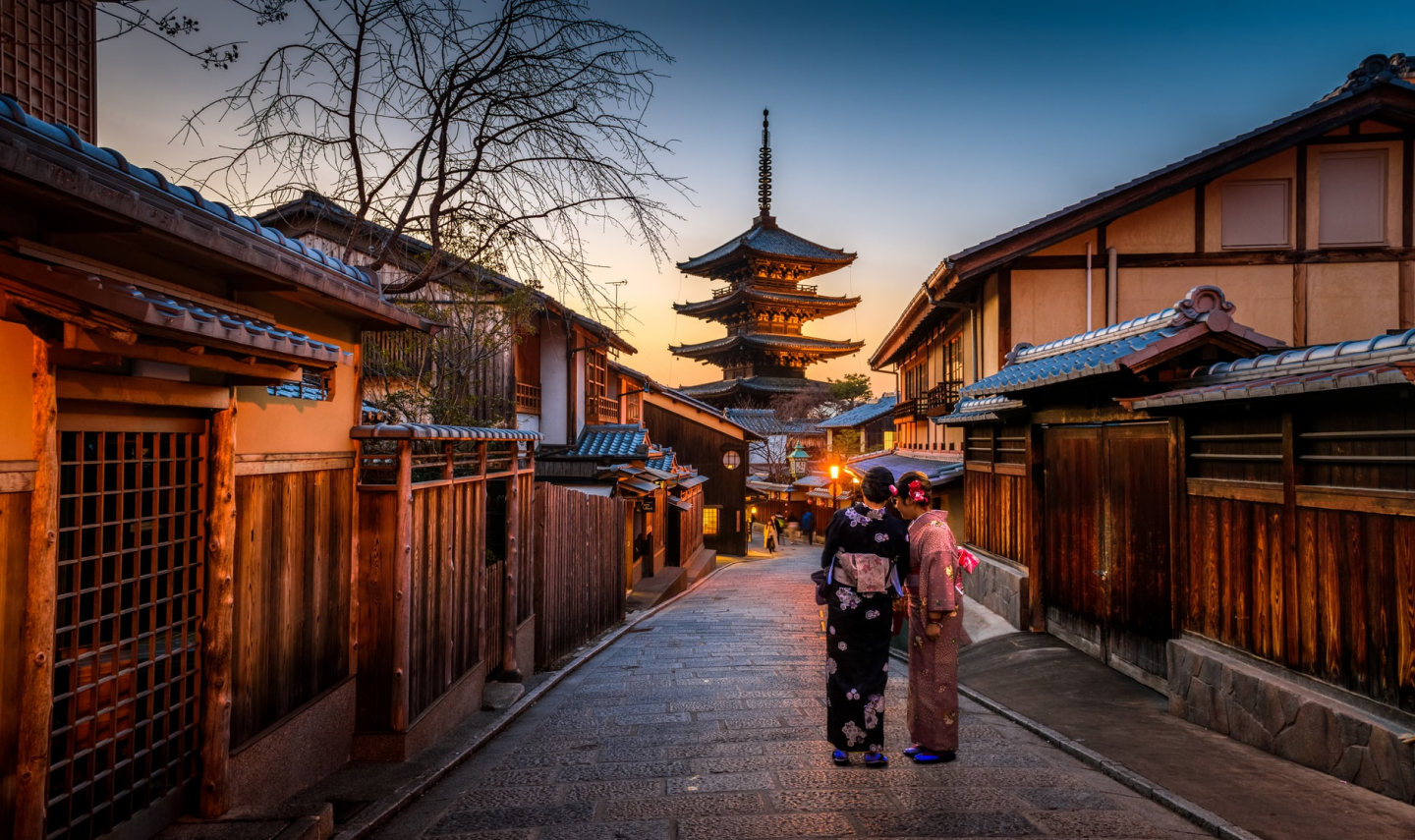Bringing my trusty walking boots, I was prepared to try out a variety of hikes, walks, and treks on my most recent trip to Thailand travel guide. My key discovery? There is a wide variety of terrain for walkers around the nation, from limestone karsts to misty jungles and bucolic farmscapes.
Below, I've ranked four of the top hikes in Thailand, from simplest to most complex. Whether you're interested in elephant encounters or want to immerse yourself in the local community, plenty of options fit your interests and budget.
Doi Inthanon waterfall trek
 Doi Inthanon waterfall
Doi Inthanon waterfall
It is recommended for Newcomers and families.
Difficulty: save for a few brief high portions. This well-kept trail is mostly level. Plus, the temperature remains just right up here in the mountains.
Time required: The walk is around 1.5 hours long, but there are many exciting sites to see, so you may easily spend three hours exploring.
The short, round approach to the Doi Inthanon waterfalls may seem quite the adventure, but to call it a trek would be an exaggeration. This is the perfect opportunity to try Thai trekking if this is your first trip to Thailand. In addition, it is easily accessible from Chiang Mai by car (about 1.5 hours away), making it a perfect addition to a traditional Thai vacation.
Before entering Doi Inthanon National Park, your journey will start at the hamlet of Mae Klang Luang, where you may try some traditional foods. I recommend getting there before most tourists do since the route's accessibility is both a plus and a negative.
My tour group included a native English speaker and an even more native guide—the latter showed up in traditional garb and flip-flops, which made me feel a little overdressed in my hiking boots (though I still suggest them).
Nowadays, most tourists visiting Thailand use the services of two guides. You get the best of both worlds with this combination: a native guide who is well-versed in the area's history and culture and can communicate well in English and an outside expert who is familiar with the area's topography and wildlife. The region's history, which began with opium farms and has now transformed into a prosperous coffee and fruit sector, was better explained to me by their combined efforts.
Plantations, working farmers, flower fields, vegetable patches, and rice terraces are all part of the Thai landscape you'll pass through. You'll find walkways and bridges made of bamboo near the waterfalls and a couple of vine swings for the little explorers. A succession of ponds is filled as the waterfalls across four levels. The water is too strong to swim in, but you may bring a paddle to ease your weary feet as you tumble down the hill.
At the end of the walk is a locally managed restaurant. After a relaxing pad thai, take a short drive to see one of Thailand's most impressive waterfalls, Wachirathan.
Trekking from Lisu Lodge
 Lisu Lodge, Chiang Mai
Lisu Lodge, Chiang Mai
Suitable for: Those seeking a cozy, off-the-beaten-path getaway and families.
Difficulty: You'll have a personal guide who can adapt the routes to your needs, but you should be in decent physical shape.
Time Required: The three-hour hike I tried was their most popular.
Lisu Lodge is a tranquil lodge 1.5 hours from Chiang Mai and surrounded by well-kept rice and maize fields and organic farms. Built entirely of bamboo, this eco-lodge employs local people and strictly prohibits the use of plastic. Enjoy home-cooked meals prepared from ingredients from local farmers while staying in your cozy cabin.
During their one-night hiking adventure, you may immerse yourself in the rural surroundings, visit a nearby hamlet, see organic gardening practices firsthand, and you may even use the money from your stay to plant a tree that will be named after you.
The fact that the guides are all lodge employees with local training is a significant differentiator. Although their English may be better than in other regions, they are true experts in the area; they will even identify edible bark for you to try and tell you which berries they eat to avoid bug bites. A younger lady, who was also completing her education to become a guide, was following my guide about like a shadow.
Because the trails are so obscure, you won't even notice them. On the contrary, your guide uses a machete to clear the way through the underbrush. Wild banana trees, bamboo woods, and quaint farmhouses will all be on your route. You won't see any other tourists since there isn't another hotel nearby; the only people you could see are farmers.
Black Lahu Village Trek
 Lahu Village
Lahu Village
Suitable for: Individuals seeking an exciting journey to a lesser-known region of the nation.
Challenge: You'll be climbing rugged mountains in a warmer region of the nation, but you may change your path on the fly if the weather becomes too hot.
It takes approximately four or five hours, give or take, depending on how long you want to spend exploring.
Traveling around Thailand by air, rail, or automobile will allow you to take various landscapes. You may leave the vehicle and cross this landscape if traveling north of Pai in Thailand from Mai Hong Son.
The journey to Ban Jabo, the settlement midway between Pai and Mai Hong Son, begins at dawn. This is home to the Black Lahu people, who originated in China, as do many neighboring villages.
Another group goes by the "White Lahu"; both groups get their names from the various pig coat colors. We started after I had a cup of local coffee and watched a litter of hundreds of black piglets play in the dirt.
Two guides, one of whom is a member of the Lahu tribe, will accompany you on this hike once again. We began our ascent on a narrow road through the woodland with a stick pushed into my hand.
The path will lead you past food plants (such as wild bananas and herbs), medicinal plants, and flowers (some of which make an unusual buzzing sound when blown through). We made our lunch over an open fire using only one piece of bamboo; the instructions were to massage it to create a spark, but all I managed to do was burn my hands.
Situated so far north, close to the Myanmar border, there's a good chance you won't see any other tourists. But you'll also get to see some of the most breathtaking scenery in Thailand, complete with limestone cliffs and valleys with steep sides.
A cave perched precariously on a rock face serves as a route highlight. Climbing a maze of wooden stairs leads to a room containing a row of teak coffins that date back over two thousand five hundred years. Discovered only 20 years ago, tests have shown that the skeleton within is under 1,300 years old, and their origin is a mystery.
When the day ends, you'll arrive at Mai Hong Son. I highly recommend staying at Fern Resort—there's no better way to unwind than to dip into the infinity pool.
A multi-day adventure from Pa Kaolam
 Elephant and mahout
Elephant and mahout
It is suitable for Authentic homestaying, exciting adventures, and magnificent animals.
Challenge: You'll need to be in excellent shape since the terrain is hilly and steep, and the weather is scorching.
The duration of this event is three days and two nights. The most extended hike lasts around six hours.
Several hours north of Chiang Mai, the route winds past elephant reserves, rafting outfits, and hiking groups before eventually stopping. You will reach the Karen settlement of Pa Kaolam after continuing for around one hour on an off-road path. You may begin your exciting three-day, two-night hiking adventure here.
Your timely arrival will allow you to assist with preparing lunch, which is sure to be delicious—try the crispy cucumber som tam, a sweet and sour salad. Once you've filled in, it's time to explore the nearby forest on foot. There is no predetermined path; therefore, the time it takes to complete this walk will be up to you. Along with the elephant's mahout, you're hunting for an elephant.
Many elephants, once employed by the forestry business, still reside in the area around Pa Kaolam. They are too elderly to be fully rewilded, but their mahouts continue to provide for them while they enjoy their golden years of freedom in the forest. In the afternoon, you'll spend time with a mahout, getting to know their elephant, feeding it, and then taking it for a swim in the river.
It caught me off guard when the elephant tagged along as we returned to the hamlet for the night. She is free to go anywhere she pleases, my mahout said with a smile. She, therefore, spent the evening munching on bananas while the villagers who hosted me feasted on a range of regional specialties.
As we left the village the following day, I could hear the squeals of piglets being fed. Throughout the day, we passed past little bamboo villages. I learned how to cut up bamboo to sip its fluid from my survival expert guide, who pointed me to several colorful caterpillars and loud cicadas and taught me how to chop open bamboo. Thankfully, we didn't have to test his talents too much.
The next night, you'll stay with a local family in Mae Manai. The villages take turns hosting the hikers since it is a communal event. A plain, private room with a cold shower will be yours.
Walking through woodland and mountain terrain for six hours on the last day, with occasional openings that provide views of the surrounding area, is a challenging but rewarding experience.
As you descend, the ecosystem changes from a pine forest to a sweltering jungle. It may be sulphur in the air; be careful. That means you're getting near to a hot spring. A foot bath and a hefty plate of Thai delicacies will await you at the end of the journey.
Start planning your trip to Thailand
Start thinking about your experience. These itineraries are simply suggestions for how you could enjoy some of the same experiences as our specialists. They’re just for inspiration, because your trip will be created around your particular tastes.





